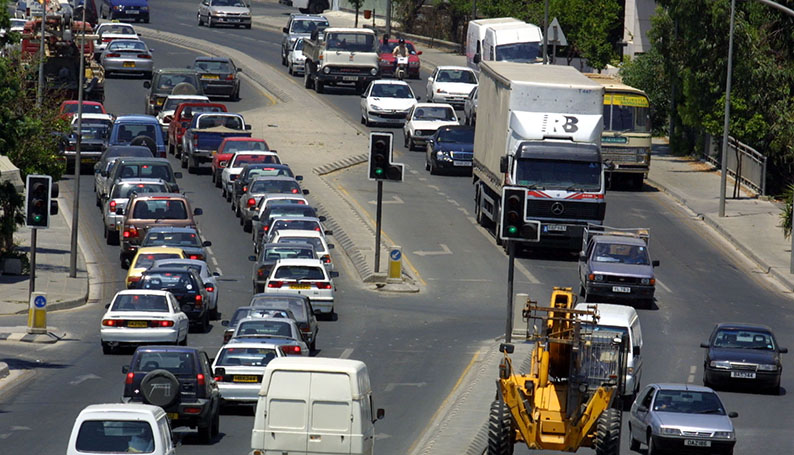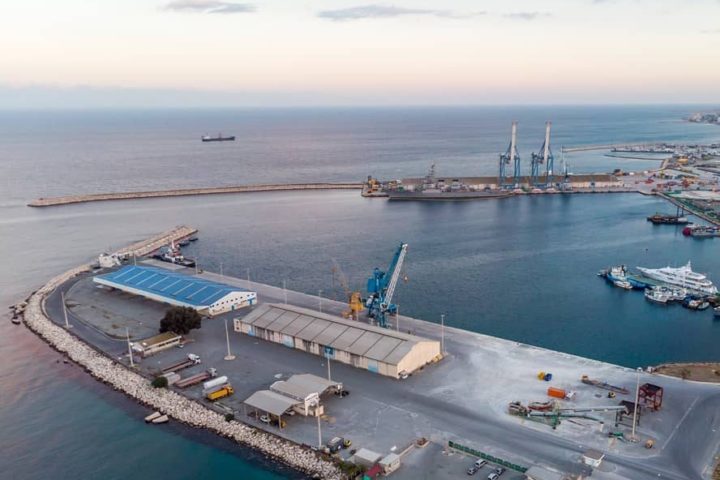One would think that with the abundance of free natural resources, mainly from the sun, Cyprus would have invested heavily, over the years, not only in tapping solar energy but also in developing new technologies.
We are laggards in both and come up with stop-gap measures only when problems arise, such as the spiralling cost of motor fuels and the absence of a decent public transport network.
Promises are regurgitated, and bright ideas are thrown around, like sweets to children during a carnival parade.
Cyprus has even been slow and hesitant to invest in infrastructure that would make transport less costly and burdensome.
As a result, the anxiety of getting to work and the workplace environment is not so friendly.
As much time is needed to get from a Nicosia or Limassol suburb to the centre of town during rush hour, as in any other populated metropolis, with as much energy wasted.
The tram concept has been resurrected, as happens once a year, without realising the numbers would never justify the cost, while the narrow streets and lack of pavements to demolish would make this mode of transport a non-starter.
Since the war in 1974, when state schools were reorganised to accommodate refugees and students in the afternoons, nothing has been done to introduce staggering school hours that would fit better with society’s and the economy’s needs.
Even all-day schools remain a rarity.
Hopefully, this will soon change, with the Ministries of Education and Transport now considering a radical change to school working hours, while public services available throughout the day are more acceptable, even to the most rigid civil servant trade unionist.
Free-energy infrastructure was never a priority until this year’s war in Ukraine propelled crude and commodity prices through the roof.
The government has somewhat invested in installing photovoltaics on public rooftops, including schools that remain closed for two months of the year.
Instead of limiting the number of PV panels according to the state budget, this should have been increased multi-fold.
This is a great opportunity missed, whereby free solar power generated all year round would feed into the island’s power grid faster, not limited to the privateers who enjoy tariff-controlled revenues.
And if we had cheaper electricity all this time, what better place to invest than in hundreds, if not thousands, of electric vehicle charging points, encouraging motorists to abandon their gas-guzzling cars and embrace the sleek, new silent electric-driven ones.
At least, getting to work would not be a wallet-breaker, while Cyprus could also meet its emissions targets sooner.
After 10 years, the Electricity Authority of Cyprus, which recently warmed to the idea of developing its own solar parks, accounts for only half of the 57 charging points on the island, while we should have been much further ahead.
Just as Cyprus pays annual fines for continuing to burn diesel fuel instead of natural gas to generate electricity, we are bottom of the list.
Even Malta, with a smaller population, had 53 EV charge points earlier this year.
Another fuel-importing island, Costa Rica, has about 300 but has invested more in clean energy and solar generation.
With green power, low emissions, and energy savings a major turn-on for the tourism industry, influencing the travel choices of millions of holidaymakers, Cyprus should utilise the free-solar resource more and encourage the private sector to install many more EV charging stations.
When supply overtakes demand, prices will come down, and Cyprus can boast of being a lean, clean, green machine.










